- 🔻 U.S. single-family housing permits dropped 6% in December 2023 despite easing mortgage rates.
- 🏗️ Builders remain cautious, with high land costs, labor shortages, and construction loan challenges stalling new developments.
- 🏘️ The U.S. housing market faces a 5.5 million home shortfall, making the need for steady homebuilding growth clear.
- ⚠️ 6% mortgage rates help with affordability, but they haven’t yet changed how builders feel long-term.
- 📉 In Las Vegas, fewer housing permits suggest home shortages may continue unless building picks up.
Las Vegas homebuyers and investors are watching mortgage rates closely. They hope recent drops will lead to many new homes. Steve Hawks hears one question most often: "Are builders coming back strong?" Rates have dipped closer to 6%, but the number of new housing permits tells a different story. Big market changes are not happening yet. Here’s why that matters and what it could mean for anyone looking at the Vegas market.
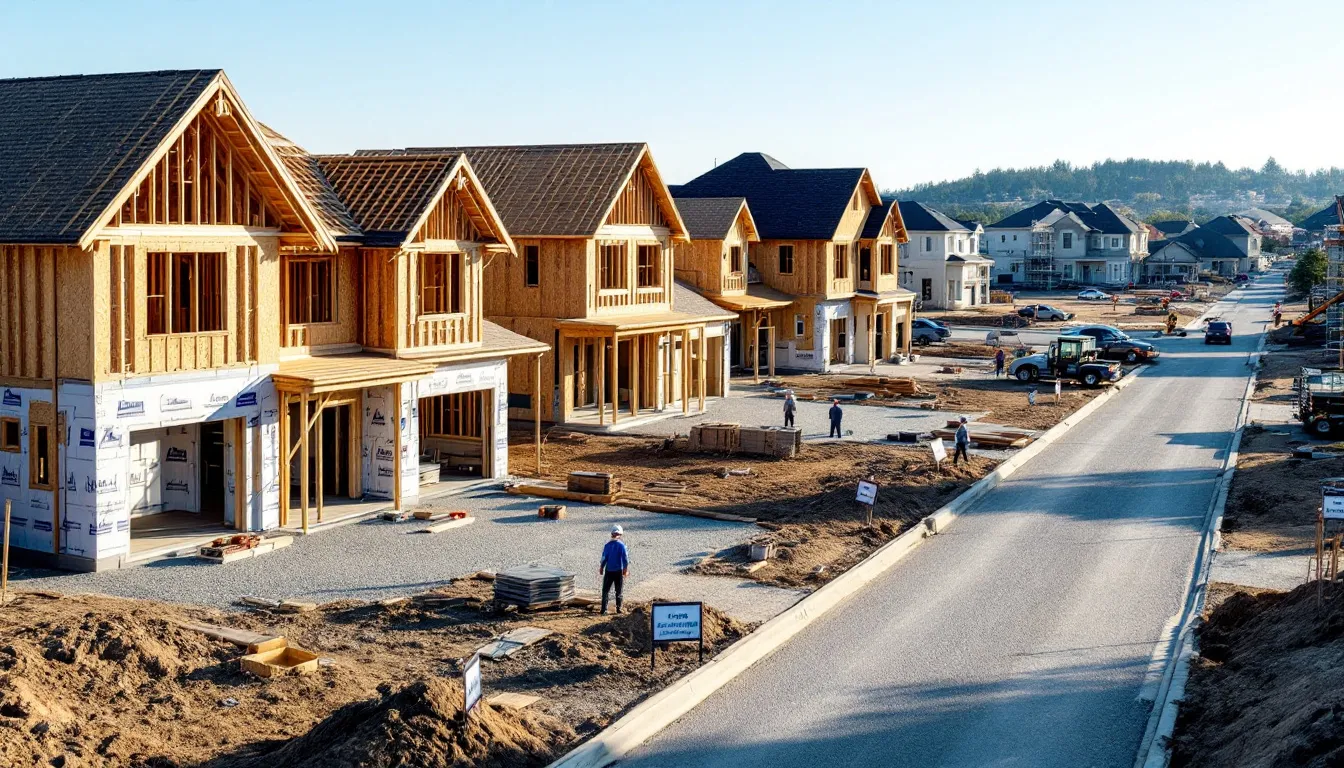
Housing Permits: Why They Matter More Than Headlines
Housing permits are one of the most accurate early signs of future homebuilding. Every new house starts with a permit. The number of permits issued clearly shows how builders feel and what they expect from the market. When housing permits increase, it means developers expect strong demand, reasonable construction costs, and stable finances. This usually means more homes will start being built in six to nine months.
But a drop or no change in housing permits, like we've seen over the past year, is a warning sign. It tells us builders are not confident. This is true even if mortgage rates are falling or buyers show more interest. In Southern Nevada, where homes are already hard to find, low permitting makes the risk of long-term shortages worse. It also adds to competition for the few homes available.
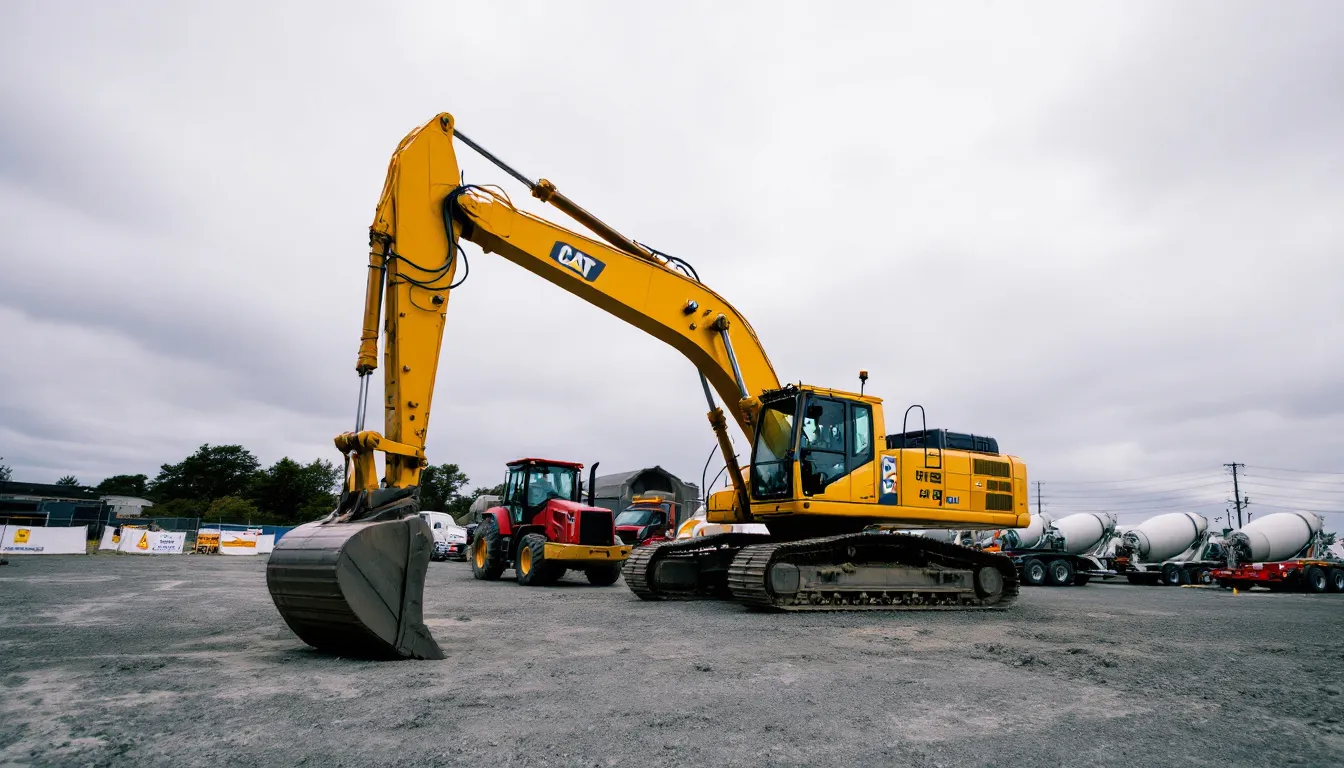
What the Latest Data Shows: A Tough End to 2023
People felt hopeful in late 2023 because mortgage rates were going down. But the latest housing permit data shows a harder truth. The U.S. Census Bureau reported that single-family permits fell by 6% in December 2023 compared to November. Housing starts, which are the actual beginning of home construction, sank 8.6% during the same time.
This kind of drop happened when mortgage rates were falling toward the desired 6% range. This confirms builders are still hesitant. Builders didn’t respond right away to better affordability, which suggests big problems are still there.
And this is not just a temporary dip. Looking at year-over-year numbers shows a general trend of not enough building. This makes the housing shortage worse across important markets.
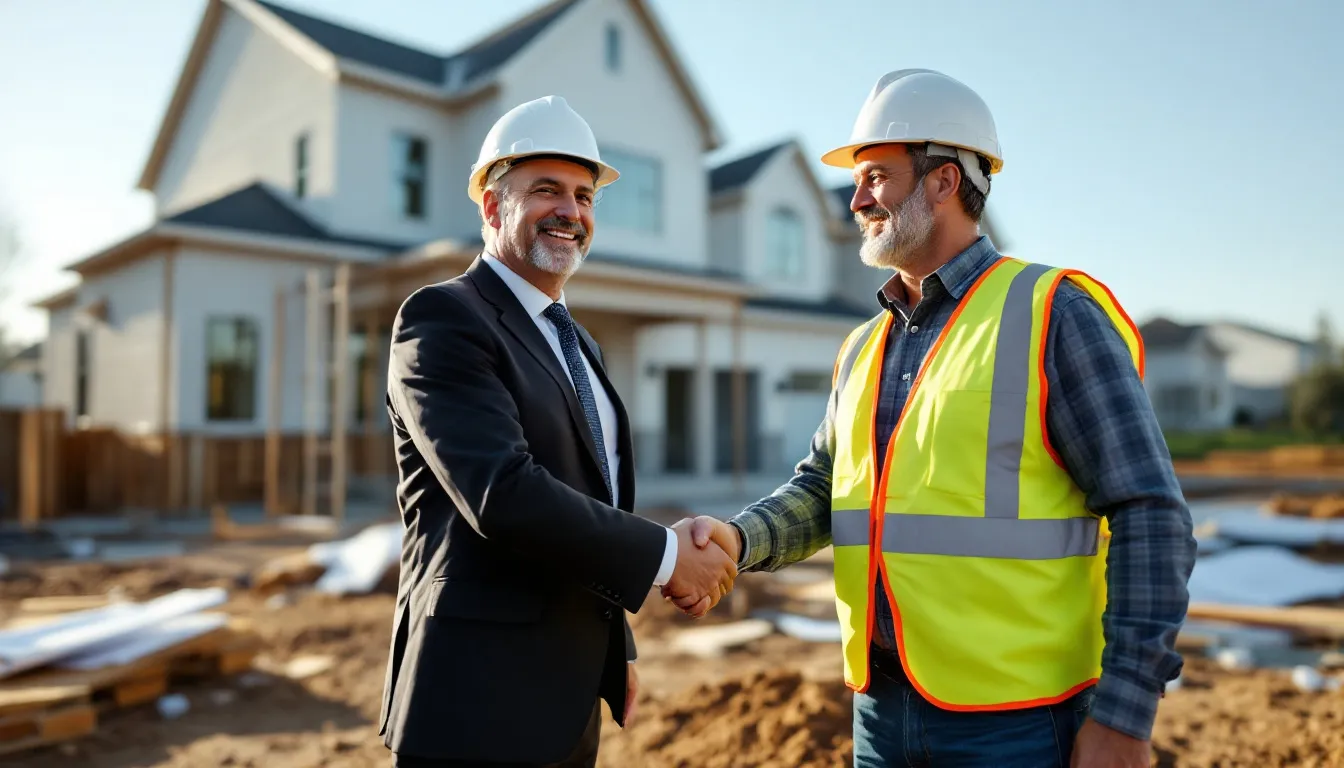
How Mortgage Rates Affect Builder Decisions
Mortgage rates clearly affect what builders decide to do. But this effect is not always quick or simple. When mortgage rates rise fast, homes become less affordable for buyers. This means fewer buyers are active, and the number of people who can buy shrinks. This often causes builders to slow down. They worry about homes not selling or selling for less than it costs to build them.
In 2023, mortgage rates went over 7%. This was a big mental and money problem for many buyers. Not surprisingly, builder confidence fell sharply at this time. Developers slowed their planning. They cut back on building homes without a buyer yet. They focused more on homes that were pre-sold or had contracts.
Now, with 6% mortgage rates being talked about again, the story changes a bit. Historically, rates between 5.5% and 6.4% are seen as a good range. In this range, more buyers can afford homes. Builders are watching if this will lead to enough demand to make new projects sensible. But developers think about more than just this one number when they make decisions.
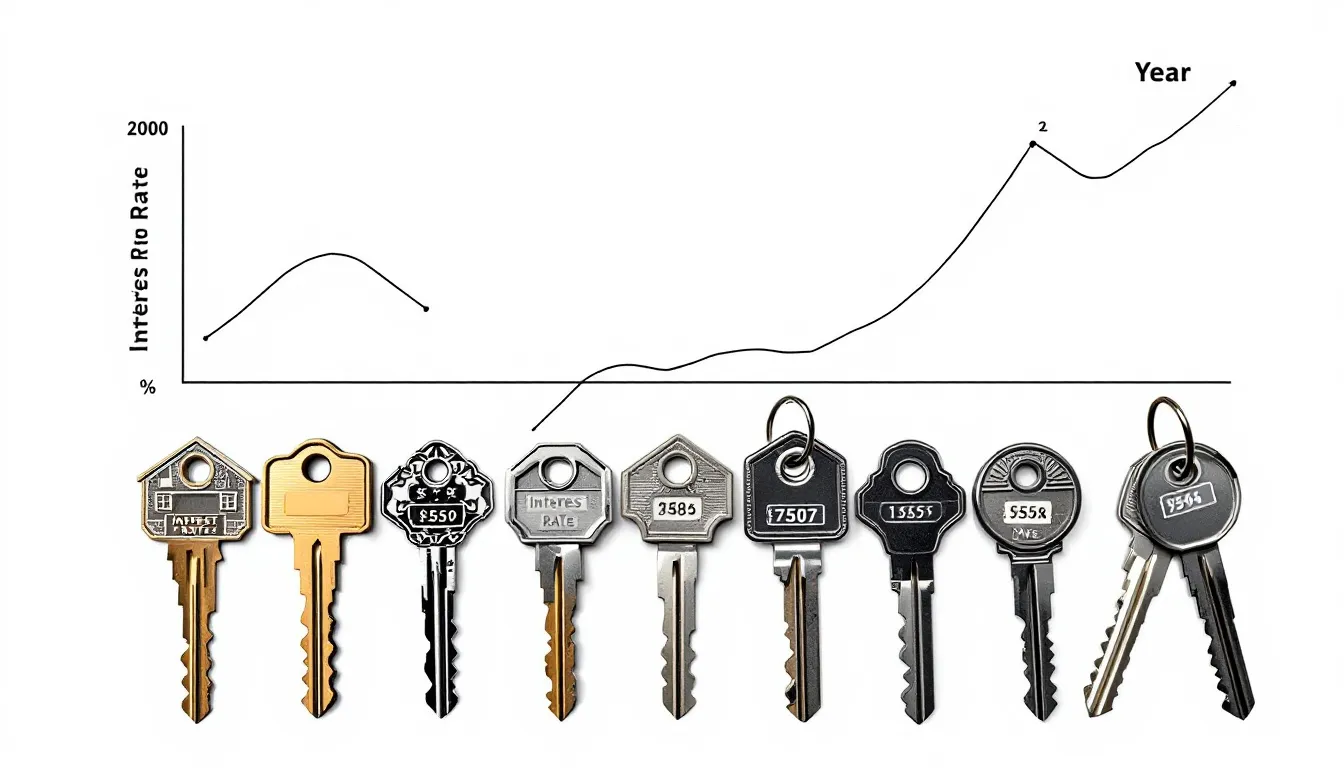
Could 6% Mortgage Rates Get Builders Going Again?
The idea that 6% mortgage rates could get U.S. homebuilding going again is possible. But it’s too simple a view. That rate is mentally attractive. For buyers just barely able to afford a home, it might be what brings them back to the market. More demand can, in theory, cause more building.
Some economists and housing experts call the 6% mark a "special number." A steady rate around this level lowers monthly payments enough to really bring in more buyers. This makes pricing better for sellers and developers. It helps them better guess how fast homes will sell.
But it’s important to know: builders think about many things. They don't just look at the interest rates their buyers get. They also consider:
- The long-term view for interest rates (will they stay low or go back up?)
- Steady materials and labor costs
- Problems getting construction loans
- Local rules and zoning problems
For 6% mortgage rates to truly spark a homebuilding comeback, there must be steadiness. It cannot be a temporary drop followed by another rise. Building confidence leads to real building.
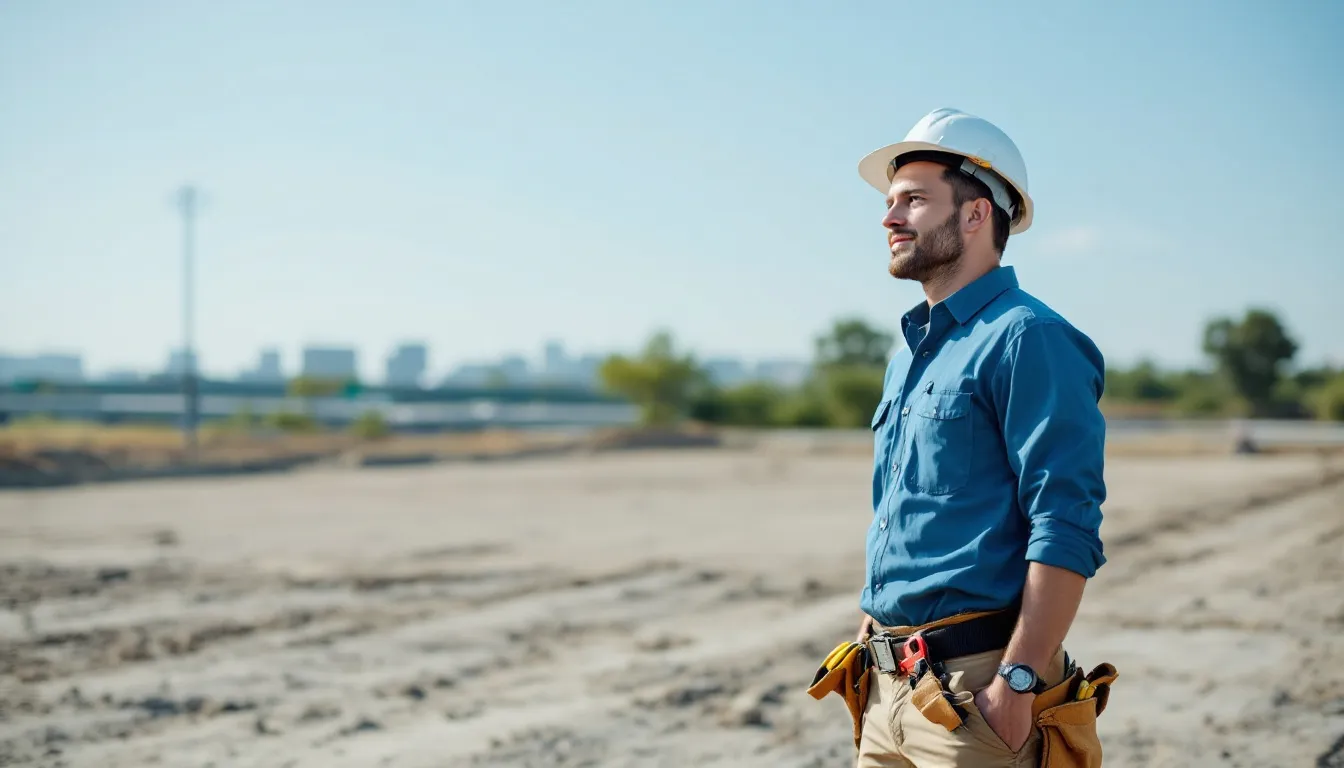
What’s Still Holding Builders Back in 2025?
Even as homes become more affordable for buyers, homebuilders face several basic problems. These stop a fast comeback in building. These problems include:
🏘️ High Land Costs Continue
In many places—including Las Vegas—land that can be built on is expensive and harder to find. The area has more space than landlocked cities like San Francisco. But things like city zoning laws, growth limits, and competition for good land plots keep prices high. High land costs ultimately mean higher home prices, more risk for developers, and smaller profit margins.
👷 Labor Shortages Remain
The supply of skilled trades workers has not recovered to pre-pandemic levels. Older workers are retiring. Not enough younger potential hires have entered construction trades. As a result, labor costs more and is in shorter supply. This leads to missed project times and pushes up final home prices.
🔄 Supply Chain Problems Still Remain
Much of the supply chain disruption began with COVID, but it isn’t fully fixed. Items like electrical panels, HVAC systems, and special fixtures are still taking longer to deliver. Also, finding replacement materials makes planning harder and adds to costs.
💸 Cost of Builder Financing
Developers use construction loans to pay for new projects. Unlike homebuyers, they are not seeing big drops in financing costs. Construction loans, especially for building without a buyer yet, look riskier to lenders. So, they remain expensive. The fact that builder finance rates remain high means fewer projects. This is true even when consumer mortgage rates fall.
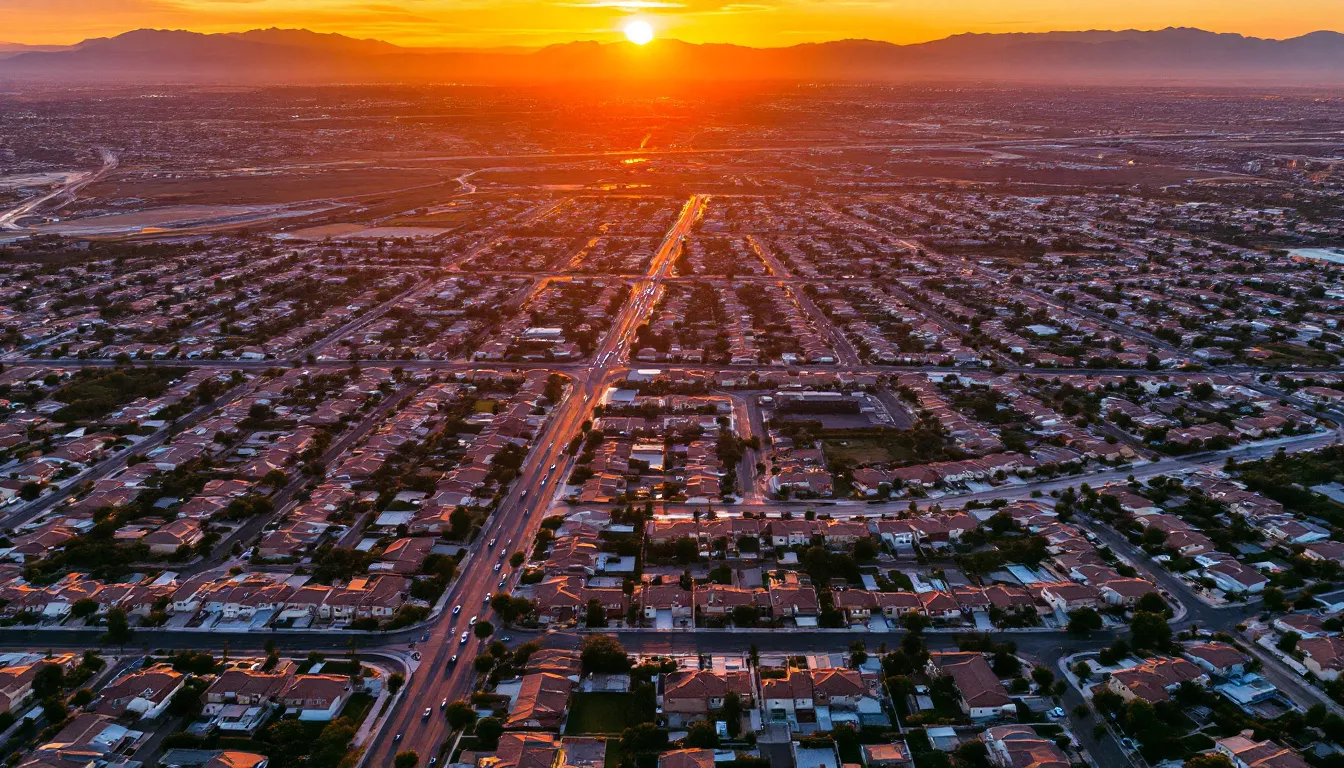
Las Vegas: Still Not Enough New Construction
Las Vegas is often seen as a market that shows what’s coming because of its quick booms and busts. It is showing the same slowdown as the rest of the country. But it has special local problems. Despite more people moving in and relatively affordable prices compared to coastal cities, homebuilding hasn’t grown fast.
Permitting in Southern Nevada has slowed down. This raises concerns among lawmakers and industry experts. Raw desert land surrounds much of the metro area. But rules make it hard to build quickly. Land owned by the federal government needs Congress to act before it can be used by private companies. This adds another problem that isn’t in many other areas.
And builders face delays from local zoning boards, utility issues, and a lack of incentives to build affordable housing. These many problems together explain why Las Vegas hasn't bounced back quickly. This is true even with good economic conditions overall and a rise in buyer demand.

Steve Hawks' Take: Why Low Permits Aren’t Good News
Las Vegas realtor and market expert Steve Hawks sees low permit issuance as a warning sign for continued housing shortages. “If builders don’t step in, prices could remain high simply because there’s nothing to buy,” he explains. Hawks points out that this lack of homes works against buyers hoping for better deals later.
Simply put, limited homebuilding combined with better demand and 6% mortgage rates results in even tougher competition. Hawks warns that this gap between what buyers want and what’s built can create bidding wars. It can push housing prices up too much and make homes harder to afford over time.
His message to buyers: waiting for a building rebound without watching the permitting trends is risky. If permits don’t rise, neither will available homes. Not enough homes helps those who bought early, not those who delayed.
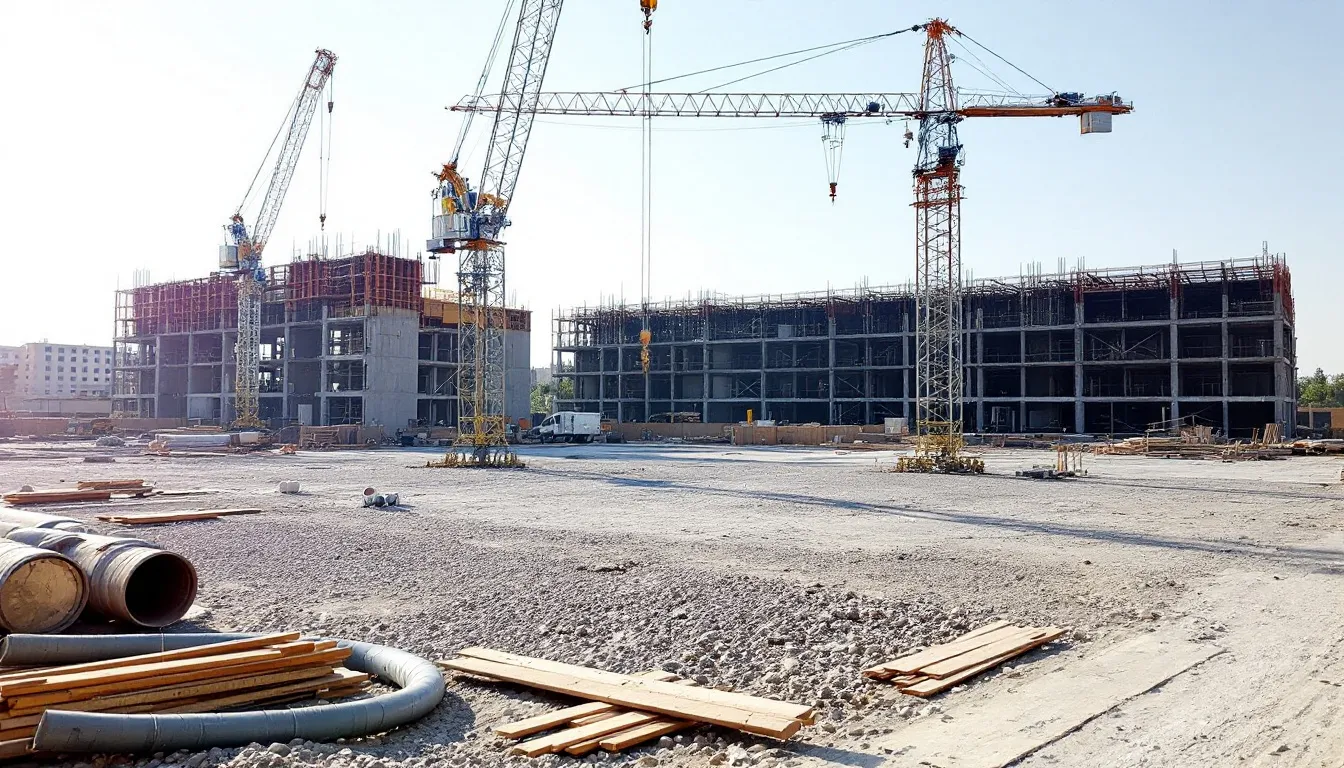
Lower Mortgage Rates Alone Don't Guarantee New Homes
The idea that lower mortgage rates will definitely fix housing is too hopeful. Developers think long term. When deciding whether to approve new communities, they consider wider economic signs, legal rules, risks with materials, and capital costs.
Mortgage rates might drop for a short time. But developers hold back on building unless they believe those rates will stay low enough for projects to finish. A home build from planning to sale can take 12–24 months. During this time, sudden rate increases or economic slowdowns could make the project lose money.
Steadiness, more than just low rates, is vital for policy changes to lead to actual building.
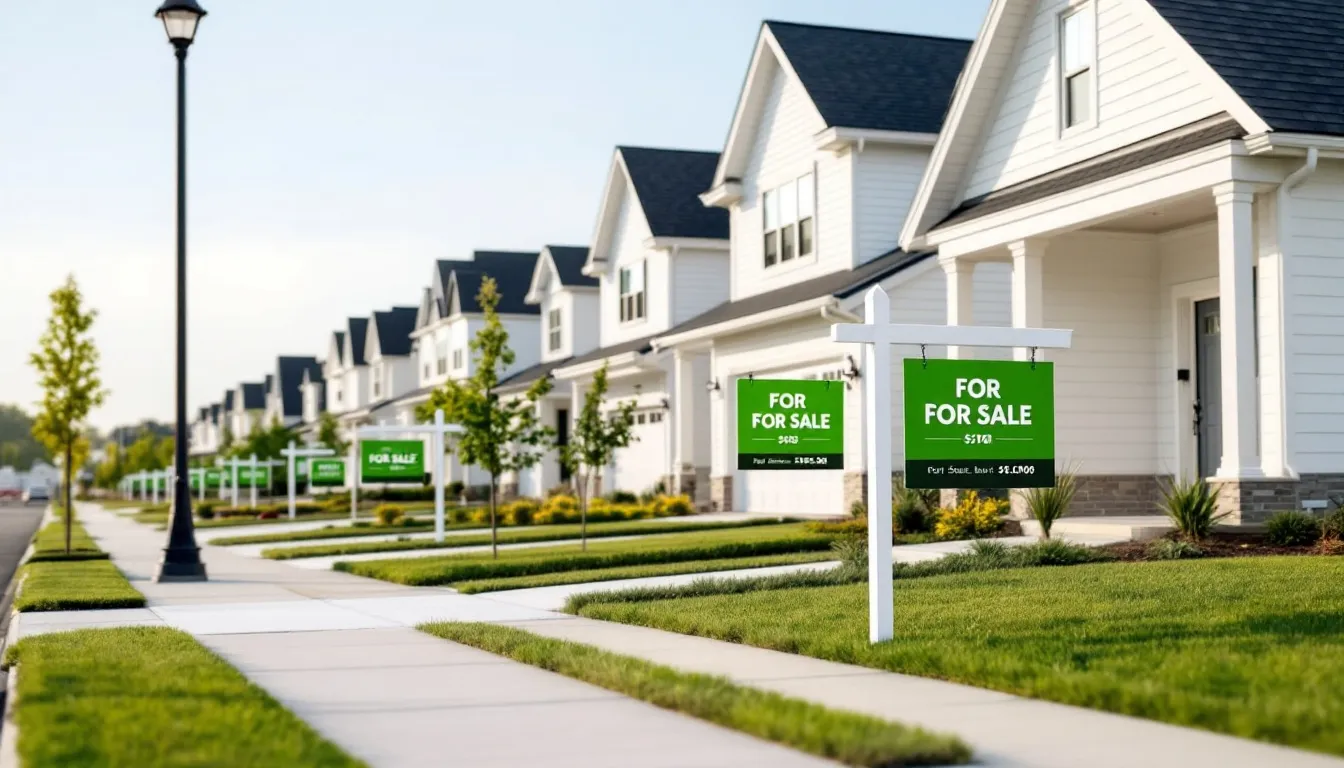
The Ongoing Shortage of Homes
As of 2023, the U.S. faces a housing shortage of about 5.5 million units. This massive gap has been growing for decades. It comes from not enough building after the 2008 crisis. It was also made worse by recent spikes in labor and material costs.
Even if builders started hundreds of thousands of homes tomorrow, catching up would take years. Lower mortgage rates can temporarily release demand, but they don’t create new supply on their own. Housing permits must rise steadily for builders to take the steps needed to close the gap in homes for sale.

Developers Are Borrowers Too — And They’re Feeling the Squeeze
Homebuyers aren’t the only ones borrowing in this market. Developers also face big financial problems. This is especially true with interest rates on construction loans. These rates often stay several percentage points above what consumers pay for mortgages.
And banks remain cautious when lending to residential projects that don't have a buyer yet. Construction has a high risk level, especially in a changing interest rate situation. Because of this, developers find it harder to get money at affordable rates. Getting lenders to feel more confident, maybe through loan guarantees or incentive programs, could be key to getting the money needed for homebuilding.
In regions like Las Vegas, upfront costs are already high because of rules and utility expansion. Expensive financing then becomes another reason to hold back on building without a buyer yet.
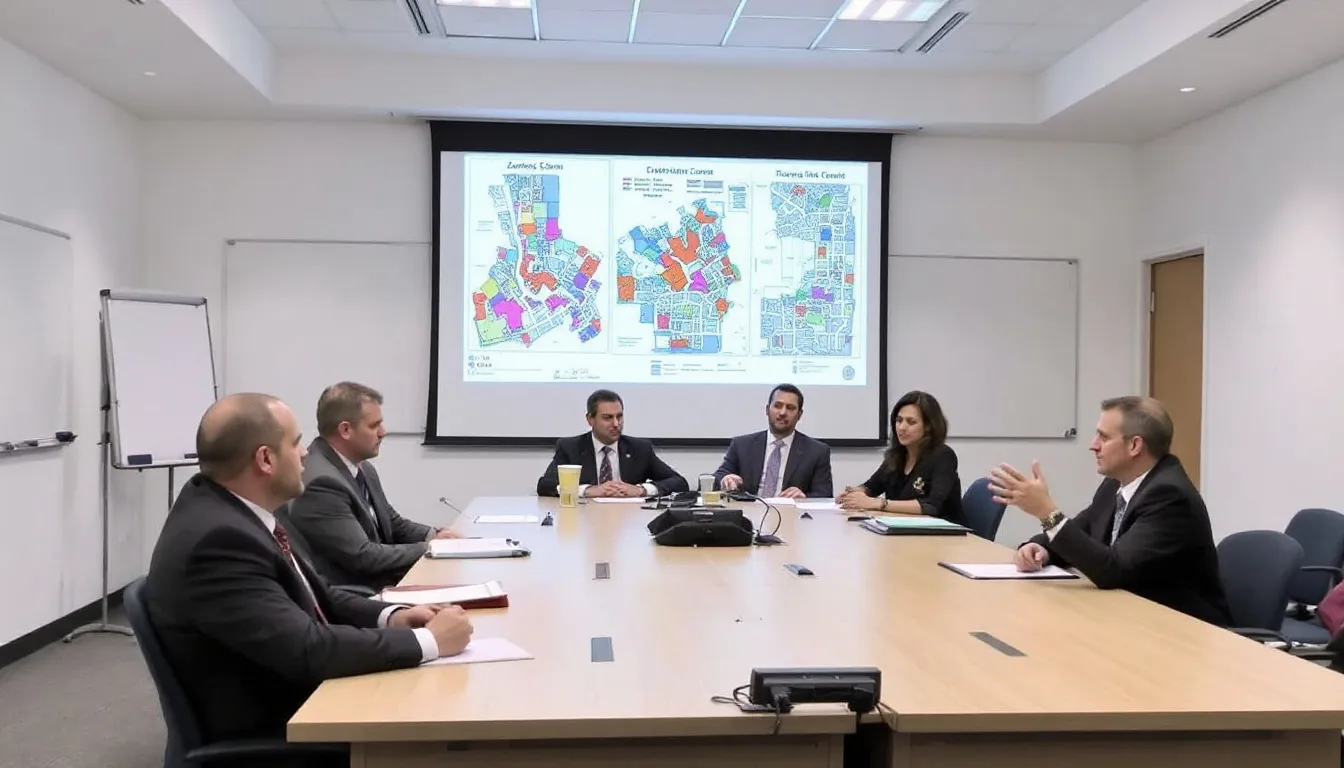
Policy Matters: Federal and Local Influences
Policy plays a big part in how much, how quickly, and at what cost builders can work. Nationally, calls to fix the housing crisis have led to few large policies that help developers. At the federal level, land-use reform, tax incentives, and ideas to speed up permits have stopped.
Locally, the situation is very different. In Southern Nevada, zoning rules, limited infrastructure, and the complex process of getting land from the Bureau of Land Management (which owns about 80% of Nevada’s land) slow development. Without simpler rules, faster processes, or specific incentives, these regions cannot grow at the same pace as the population.
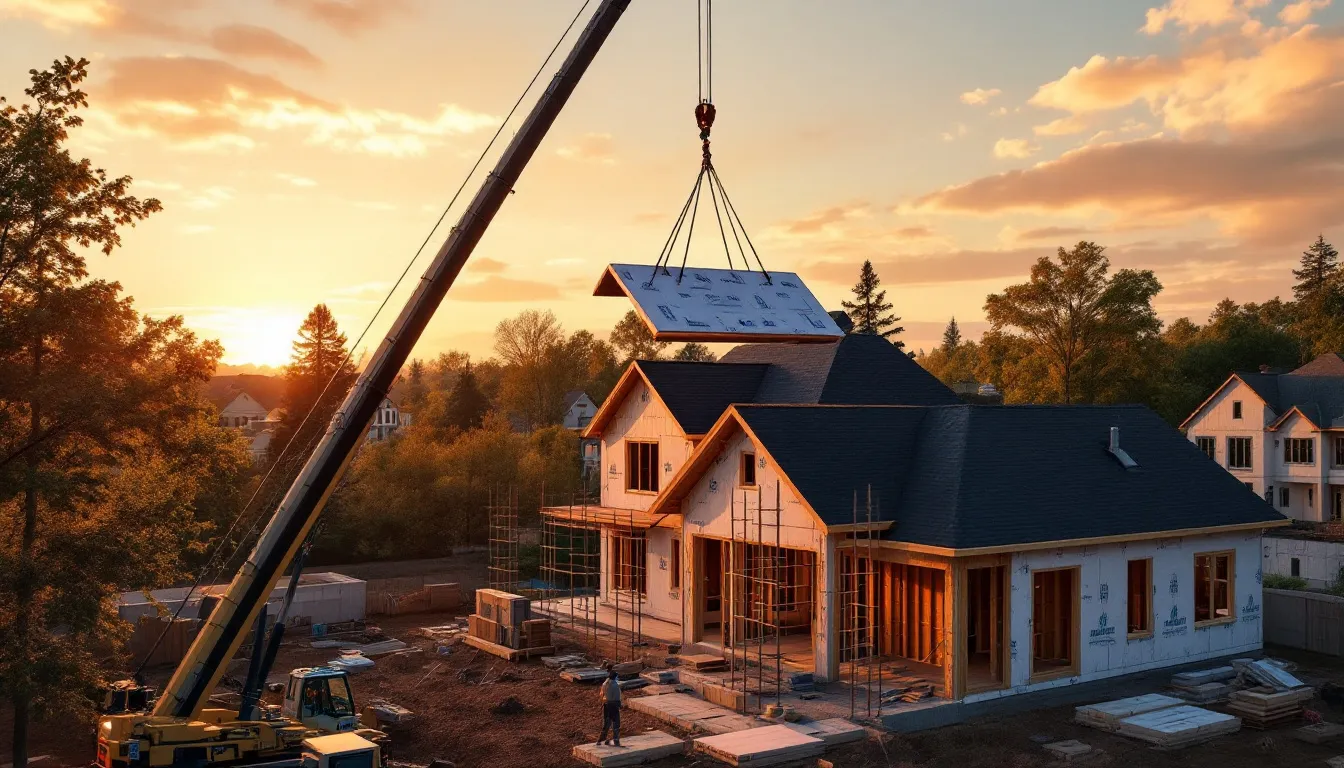
Watch for These Signs of a Real Recovery
Is a real recovery coming? We don't know for sure. But these signs will show progress:
- Multiple months in a row of housing permit growth
- Better numbers on the NAHB/Wells Fargo Builder Sentiment Index: A steady rise above 50 means builders feel more confident.
- More groundbreakings and completions, not just permits
Don't let headlines about rate drops distract you. These trends all work together. Recovery won’t come from better financing alone.

A Good Time for Las Vegas Buyers?
Homes are scarce. Rates are settling near 6%. And prices could go up later. Because of this, Las Vegas buyers may be in a rare good time to buy. If you’re looking for a new home before prices rise or while deals with many perks last, acting before builder confidence rebounds could be a winning move.
Steve Hawks tells clients: “Waiting for a lot of new homes may mean getting priced out later.” The longer new housing permits stay low, the harder it will be on available homes and prices. Buyers who understand the connection between mortgage rates and what builders plan to do can make smarter, timing-based real estate decisions.
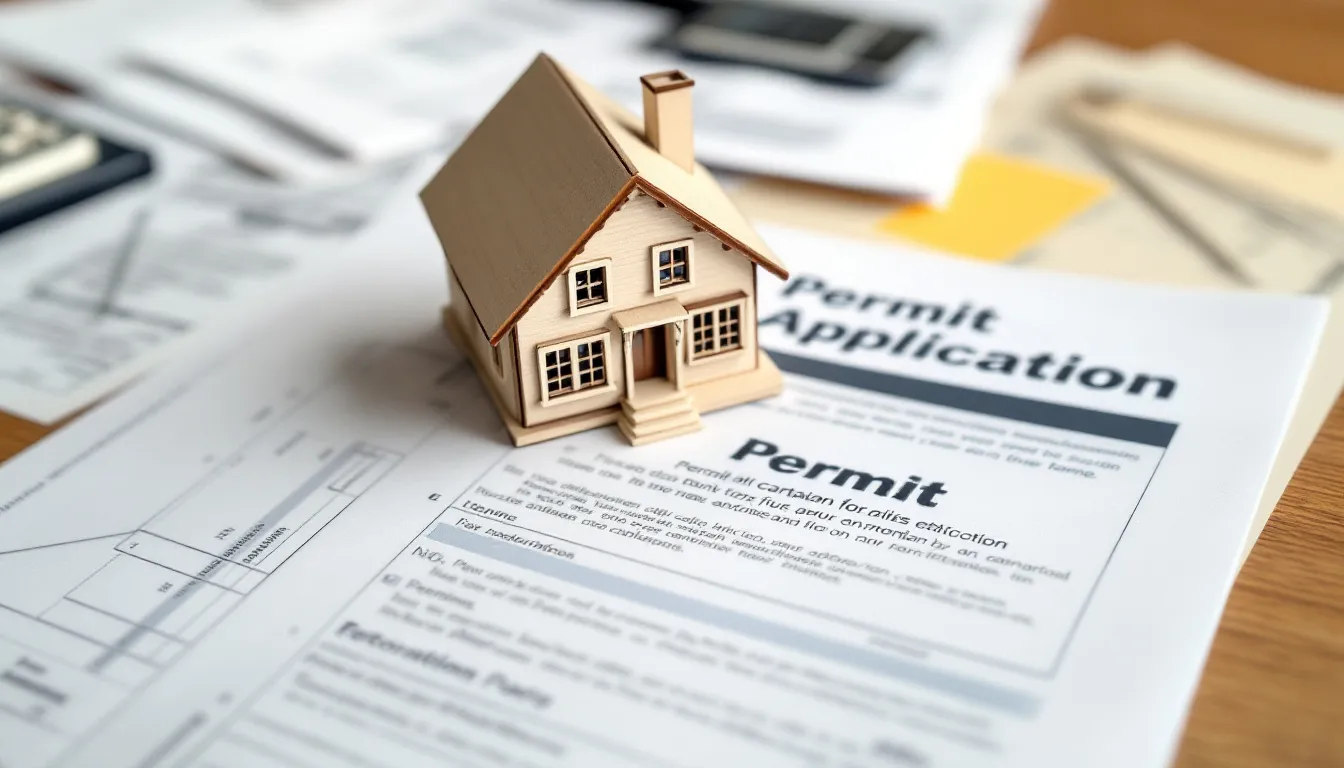
Don’t Just Watch Rates — Follow Permits Too
Falling interest rates make headlines, but housing permits tell the real story. Builders face many complicated issues beyond what you see in mortgage apps or price trends. If you see mortgage rates drop without a matching rise in housing permits, it means builders are still careful. And that means more homes for sale may be further off than expected.
Watching both these things is important, especially in high-demand areas like Las Vegas. It helps judge when strong homebuilding will return in 2024 and beyond.
Citations
U.S. Census Bureau. (2024). Monthly New Residential Construction, December 2023. https://www.census.gov/construction/nrc/index.html
National Association of Realtors. (2023). Housing Inventory Shortage. https://www.nar.realtor/blogs/economists-outlook/us-housing-shortage-update
National Association of Home Builders (NAHB). (2024). Builder Confidence Survey, January 2024. https://www.nahb.org/news-and-economics/housing-economics/indices/builder-confidence

